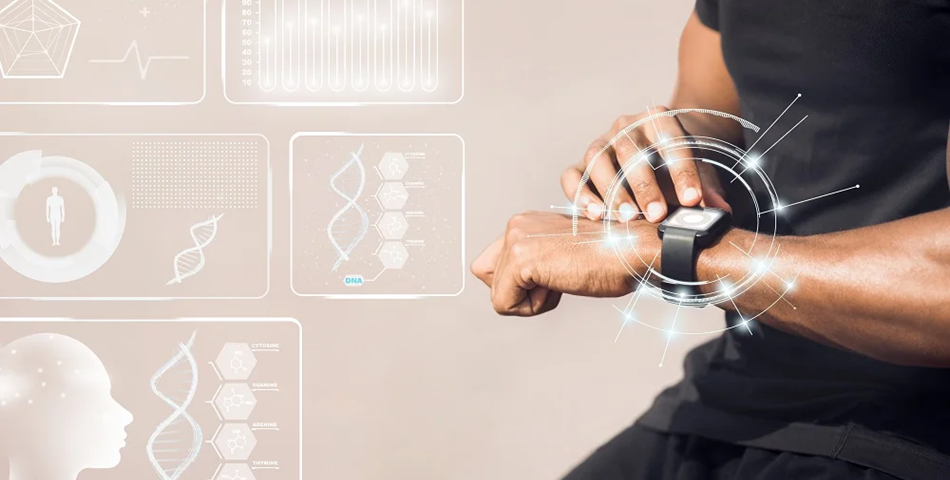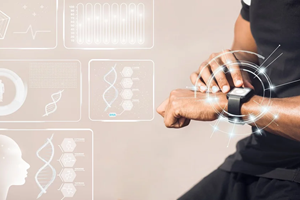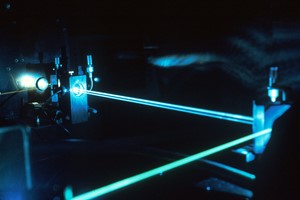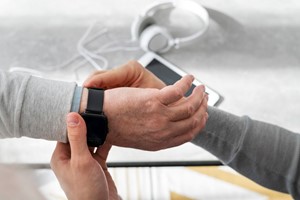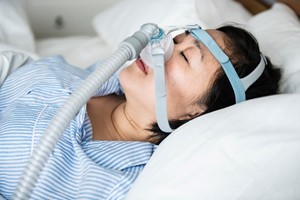According to GlobalData, the wearable technology market was worth nearly $27B in 2019 and is expected to grow by 24.6% each year between 2020 and 2024 to reach $156B.
GlobalData’s Internet of Things (IoT) – Thematic Research report suggests that wearable devices are expected to play a significant role in the medical and healthcare sector due to ageing global populations, growth in remote patient care, and increased use of IoT technology in hospitals.
Wearable technology has been expanding significantly in the medical market and is in a period of technological advancement in the healthcare industry, further catalyzed by the need for remote care during the COVID-19 pandemic.
Wearable technology in the consumer market has become far more accessible. In fact, the National Library of Medicine found that approximately 30% of US adults use wearable healthcare devices such as smartwatches, smart glasses, and other fitness trackers. For many, wearable technology is about tracking fitness, but innovations in medical devices mean that patients can utilize this technology to monitor their health. Wearables have the potential to address spiraling healthcare costs, ageing populations, and the burden of chronic disease.
Wearable technology and continuous monitoring
Continuous glucose monitors (CGM), implantable cardioverter defibrillators (ICD) and non-invasive devices such as pulse oximeters are all remote monitoring devices that patients and healthcare providers can use to track health status. Not only can this data be accessed via desktops or smartphones, but wearable technology also makes it possible for patients to more conveniently monitor their condition along with other health factors such as activity tracking and heart rate.
Wearable technology devices in the healthcare industry are an effective way of capturing patient information for data-driven machine-learning algorithms to analyse users’ health conditions. Data such as heart rate, blood pressure, and other vital signs can be sent to the cloud for real-time analysis and provide patients with a predictive diagnosis, including advising individuals to go to the hospital based on an irregular heartbeat.
Innovations in medical technology components
According to Aidan Robertson, medical analyst at GlobalData: “In the past, wearables were not considered to be reliable enough for clinical applications, or even general wellness monitoring. However, that sentiment is beginning to change as the technology is becoming more advanced regarding sensor accuracy. Research is even being conducted to investigate diagnostic potential. Although there are still regulatory and technical hurdles to overcome for wearable devices to meet the standard needed for direct clinical application, the industry will continue to make great strides and widespread use within healthcare settings will happen sooner than expected.”
These advances in medical technology would not be possible were it not for innovations in therapeutic device components. Medical wire plays a vital role in these devices, being responsible for sensing (such as thermocouples, glucose sensors and heartrate monitors), as well as transmitting data.
Alleima has become an industry leader in designing and developing medical wire components based on extensive experience in metallurgy and process development. Working with more than 200 alloys, and specializing in choosing the best materials and configurations, Alleima wire-based components trademarked Exera® are used for a variety of applications, including vascular therapy, sensing and neurostimulation. So far, they have been used for devices such as continuous glucose monitoring devices, pacemakers, and oximeters.




